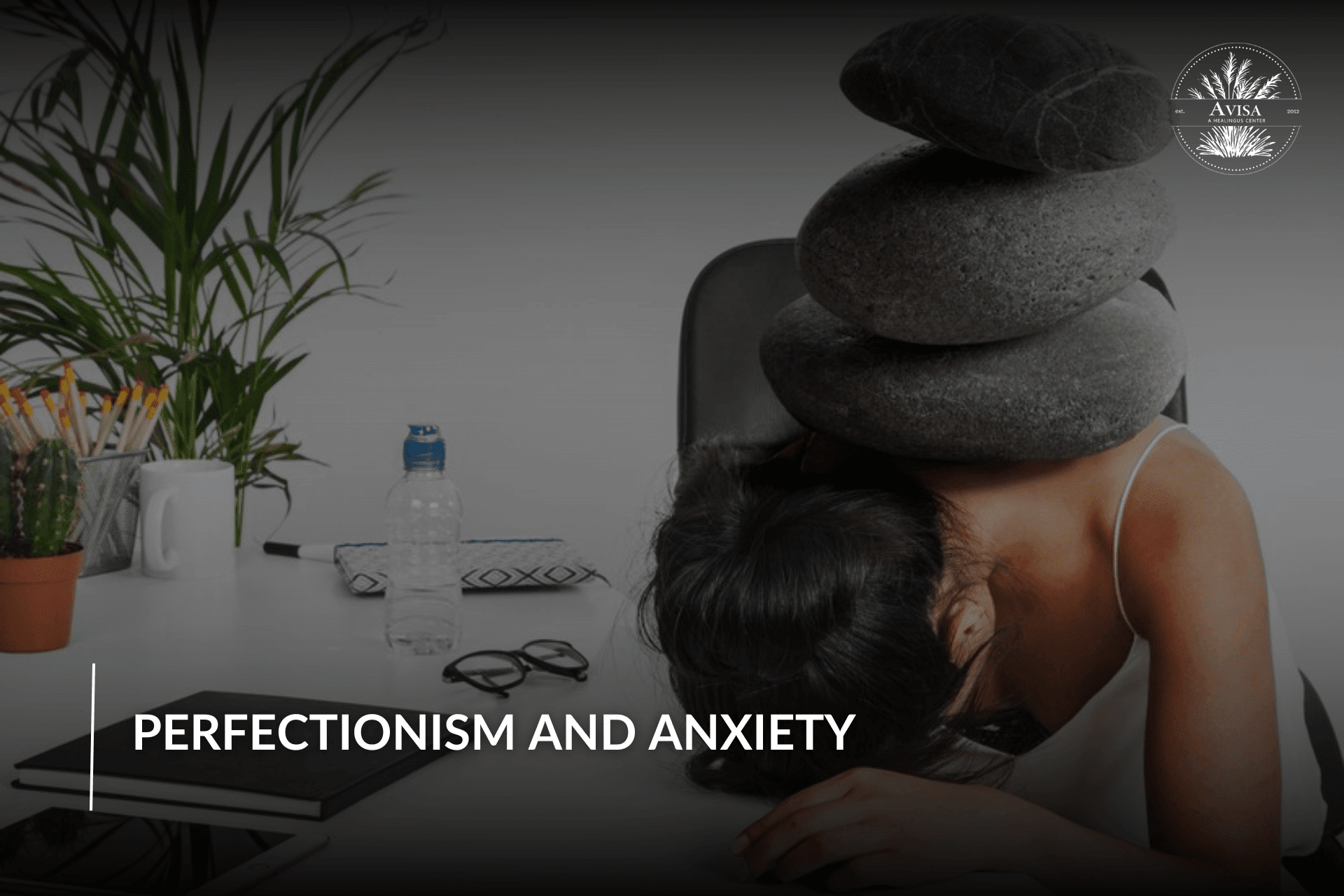Substance abuse continues to affect the world, where every human being is the most affected, and it varies in the way the substance is abused. More light should be shed on the distinct effects of different drugs on the human body, which include both the negative and positive effects that the drug causes. Is heroin a depressant? Heroin is one such drug that is commonly mislabeled
Is heroin pulling you further away from the life you deserve?
Through intensive outpatient care, therapy sessions, and engaging experiences like paintball and sailing, freedom is closer than you think.
Describing it as a depressant, is it a downer or is it something different? This blog’s mission is to uncover and disclose the full truth about the real nature of heroin. According to the most recent World Health Organization (1998) report, heroin is often mistakenly designated as a sedative because it is a stimulant, a substance that raises the level of function in the central nervous system rather than depresses it. But, in reality, the depressant name is misleading since heroin has its own way of working compared to traditional depressants. Heroin is able to emit intense emotions, which can be noted as it helps the brain’s reward pathway.
For one thing, it is known as an analgesic, which means it can alleviate pain; however, that doesn’t necessarily mean that it is not able to induce a massive outburst of happiness. Moreover, heroin can have various symptoms, depending on how much and how often it is consumed. The situation can become even worse as chronic abuse of heroin can lead to not only physical but psychological dependence, thus increasing the painful effects of the drug.
A perfect understanding of both the constructive and destructive effects of heroin on the human body is of great importance to both, preventing addiction and treating addicted individuals. We will tell you together about the complex nature of heroin. Go in-depth and understand the effects of this drug on both individuals and society at large.
Understanding Heroin
Heroin addiction is a chronic, relapsing disease. It is characterized by abnormalities in the brain and compulsive drug-seeking despite consequences. The Asian opium poppy plant yields heroin, an opioid analgesic manufactured through synthesis. Heroin causes the body to change into morphine when it is consumed. Various names, including black tar, smack, brown, and tar, are used to refer to this substance on the streets. When people first use it, they often feel a rush of joy, pleasure, and well-being. These intense feelings can quickly lead to tolerance and addiction. Users continually seek that initial high.
Heroin can be abused in several ways. It can be injected, inhaled as a powder, or smoked. Each method facilitates swift passage of the drug across the blood-brain barrier.
Once heroin enters the brain, it turns into morphine. It binds to opioid receptors there and in the body. These opioid receptors are crucial for pain and reward. This explains why heroin makes users feel good and reduces pain.
Chronic heroin use changes the brain’s structure and functioning. This leads to tolerance and dependence. Heroin dependence is physical. It occurs when a person needs to keep using the drug to avoid withdrawal. Psychological dependence develops when an individual believes they cannot function without heroin. Psychological dependence develops when an individual believes they cannot function without heroin. A proper rehab setting addresses both forms of dependence.
The Science Behind Heroin
At the point when a patient experiences an opioid receptor in the brain, it is transformed back into morphine. After that, this compound binds to opioid receptors, mainly in the brain and spinal cord, thus affecting the two pain and pleasure sensations. As a result of this, a very strong and quick sense of euphoria occurs due to the release of chemicals. But is heroin a depressant? To answer this, we need to delve deeper into the classification and effects of depressants.
What is a Depressant?
Compounds such as “downers” are listed among the most frequently used substances worldwide. They work silently, by putting the brake on excessive brain activity, which is exactly what tranquilizers, sedatives, and hypnotics do. They do this by attaching to neurotransmitters and increasing GABA levels. This action causes drowsiness. It also causes deep relaxation and reduces muscle tension. It can induce sleep to varying degrees. The effects depend on the substance and dosage. This action causes drowsiness.
It can induce sleep to varying degrees. The effects depend on the substance and dosage. This action causes drowsiness. It also causes deep relaxation and reduces muscle tension. It can induce sleep to varying degrees. The effects depend on the substance and dosage.
Here are some common types of depressants:
Barbiturates are a group of older medications. They are no longer commonly prescribed because they have a high risk of addiction and overdose.
- Benzodiazepines are medicines that are widely used to alleviate anxiety and sleep disorders. They are a class of medications for anxiety and sleep disorders. The most common ones are alprazolam (Xanax), diazepam (Valium), and lorazepam (Ativan).
- Hypnotics: Drugs that induce sleep, a way insomnia is treated. Examples of these include drugs such as zolpidem (Ambien) and eszopiclone (Lunesta).
Alcohol is a depressant. This means it can have a big effect on the central nervous system. It leaves a person unable to think straight, coordinate, and react rapidly.
Substances with Sedative Effects
Other drugs, through their sedative action, can absolve the same effect. They may cause drowsiness and relaxation. These substances are not primarily called depressants. Still, misuse of them is dangerous. Some examples are:
- Opioids: These are some of the most potent painkillers that can also cause sedation and drowsiness. Examples are oxycodone (OxyContin), hydrocodone (Vicodin), and morphine.
- Over-the-counter sleep aids are often sold without a prescription. They have the following ingredients that trigger sleep: diphenhydramine (Unisom) and doxylamine succinate (ZzzQuil).
Be cautious about the dangers that are posed by both depressants and sedatives. The proper way to use these medications is under the supervision of a healthcare provider.
Common Characteristics of Depressants
Depressants share several common characteristics:
- Reduced brain activity: results in relaxation and sedation.
- Sleepiness: causes the lethargic state of the person.
- Relaxing of the muscles: by earning the muscle-making points lower and the calmness-giving points higher.
- Physical coordination difficulties: reflected in the impaired performance of body motions and responses.
- Less necessary inhibition: making individuals less sensitive to social surroundings and empowering them to perform more risky activities.
Heroin as a Depressant
So, is heroin a depressant? Indeed, heroin is an integral part of the depressant drug category because it is responsible for the decreased amount of activity. The drug can have such a calming effect that it will feel like one is in a very deep sleep. However, heroin and cocaine use affects the central nervous system, which is somewhat similar to the actions of other depressants. Heroin and cocaine get fast through the bloodstream and to the brain. Although its impact on the CNS is the same as that of other depressants, its strength and the provocation of addiction make it different.
Heroin vs. Other Depressants
Although heroin has some withdrawal symptoms associated with other depressants, the absence of some clear indications is the main difference:
- Potency: Heroin is stronger than many other depressants, due to which chemotherapy patients are at greater risk of overdosing.
- Addiction: Compared to other depressants, heroin has a significantly higher propensity for addiction and dependence.
- Legality: Since it is unlawful to use heroin without a prescription and without adult supervision, there is a higher risk of overdosing and contamination.
Factors Influencing Heroin’s Effects
Several variables can have an effect on the degree of heroin’s effect on a particular person:
- Size of the doses: Heroin has a greater effect on the CNS because of higher doses and, thus, a greater risk of overdose.
- Purity: Street heroin may be made from different stuff, so it has different risks and can be weak.
- Method of use: Heroine could be given intravenously, intramuscularly, injected, smoked, etc. The one for which individuals typically require injection has the most extreme and quickest outcome.
- Tolerance: Habitual use of drugs needs more dosages to achieve the same effect, which increases the risk of overdosing. Dysphoric feelings, mental pain, and physical symptoms are all likely to be characteristics of withdrawal.
Side Effects
Heroin use can lead to a range of side effects, including:
- Short-term: euphoria, dry mouth, warm flushing of the skin, heavy feeling in the arms and legs, nausea, vomiting, severe itching, and clouded mental functioning.
- Long-term: insomnia, collapsed veins (for those who inject the drug), damaged tissue inside the nose (for those who sniff or snort it), infection of the heart lining and valves, abscesses, constipation and stomach cramping, liver and kidney disease, lung complications, and mental disorders such as depression.
Tired of fighting addiction and mental health struggles?
Ignoring both deepens the struggle. Our holistic approach—detox, therapy, and medication-assisted treatment—can help you heal. Take the first step today.
Frequently Asked Questions
Que: Is heroin a depressant?
Ans: Heroin is a depressant as it decreases the function of the central nervous system, which enables the relaxation of the patient and makes them feel sleepy.
Que: How does heroin differ from other depressants?
Ans: Heroin, on the other hand, is a much stronger and more addictive drug, which, on the other hand, is actually illegal when compared to other depressants such as benzodiazepines or barbiturates.
Que: What are the risks of using heroin?
Ans: The dangers associated with this drug form a long list, including but not limited to addiction, overdose, infectious diseases transmitted from shared needles, and severe physical and mental health problems.
Que: Can heroin addiction be treated?
Ans: Of course, yes, heroin can be treated with a combination of medication-assisted treatments (MAT), such as counseling, and behavioral therapies.
Conclusion
Being well-informed about heroin’s classification as a central nervous system depressant and its influence on health is a key consideration of its effects and threats. It does share some characteristics with other depressants, but its strength and the probability of addiction make it extra hazardous. To get help for both, recovering addicts and their friends and relatives is the most important thing.
At Avisa, our relentless purpose is to provide comprehensive care for those addicted to heroin and take the most inclusive measures to remove the dangers, giving shelter to the young people who are addicted to heroin.
Contact us today at AVISA to learn more about our services and take the first step toward recovery.











